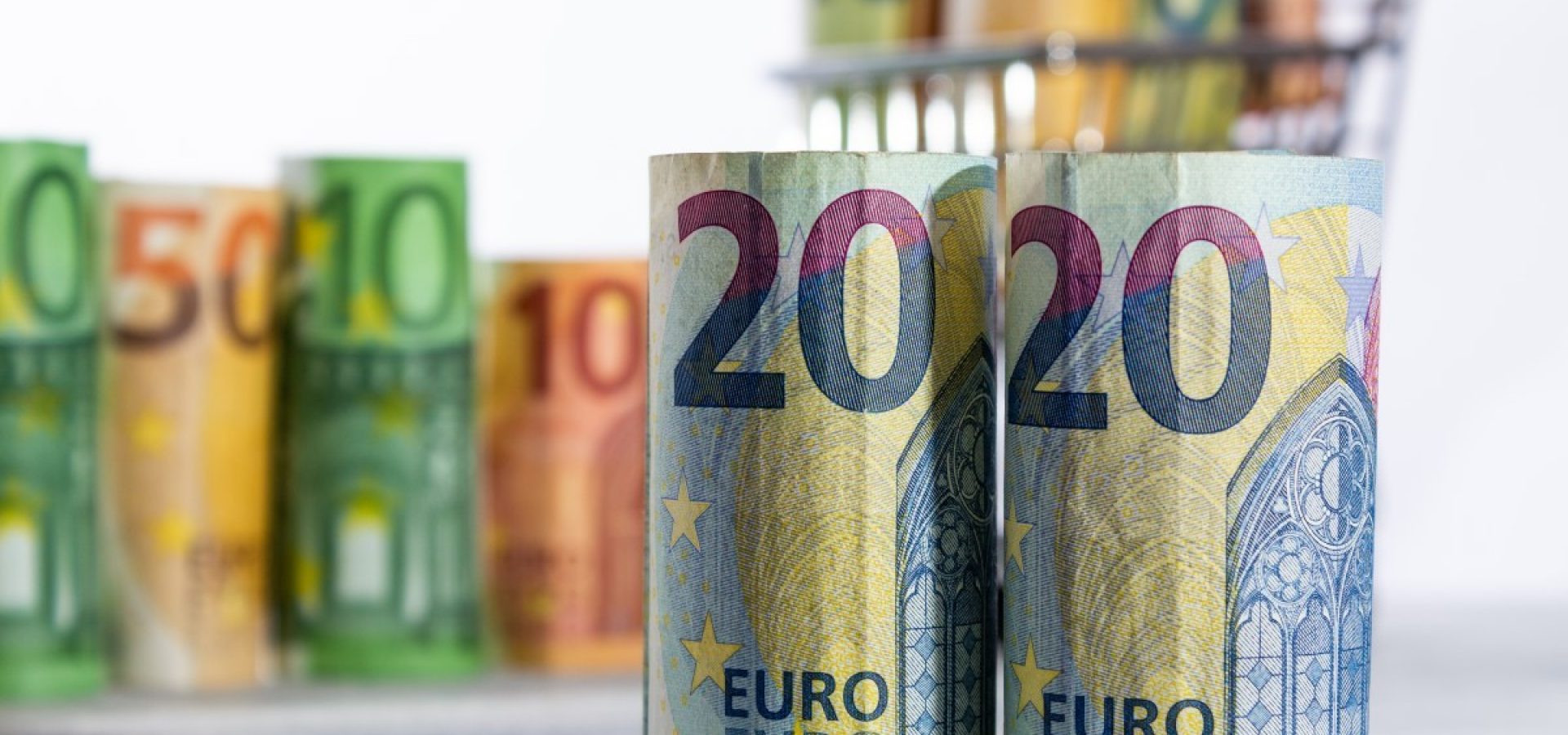Quick Look
- EUR/USD surged past 1.0900 following the Federal Reserve’s decision to maintain interest rates at 5.5%.
- Investors interpreted the move as dovish, with expectations leaning towards further easing in 2024.
- Fed Chair Powell cited easing inflation but highlighted ongoing concerns with the tight labour market.
The financial markets experienced a significant shift as the Federal Reserve held interest rates steady at 5.5%. This move prompted the EUR/USD pair to approach and eventually surpass the 1.0900 threshold. This development, perceived by investors as a dovish stance, sets the stage for potential policy easing in the coming year, sparking a wave of anticipation across global markets.
Before the announcement, the EUR/USD currency pair teetered close to the 1.0900 mark, signalling a tense atmosphere among traders and investors alike. The decision to maintain rates and the Federal Reserve’s ‘dot plot indicating a 75 basis points increase for 2024 sent ripples through the currency markets, culminating in a notable surge for the Euro against the US Dollar. This trend reflects a weakening USD and a strengthening EUR, influenced by the Fed’s updated long-term rate forecast, which adjusts the end-2026 forecast to 3.1% from 2.9%, and the policy rate through December projected at 2.6%, up from 2.5%.
Powell Notes Inflation Ease Amid Labor Woes
Fed Chair Jerome Powell’s remarks further fueled investor sentiment. He noted that while inflation shows signs of easing, it remains a concern amidst a tight labour market and higher-than-expected growth. This nuanced perspective underscores the US economy’s challenges, balancing growth with inflationary pressures and labour market dynamics.
The March 2024 Federal Open Market Committee (FOMC) meeting projections reinforce the Fed’s cautious yet optimistic outlook, maintaining the federal funds rate at 5.25% to 5.5%, with the end-of-year interest rate in 2023 forecasted at 4.6%. Additionally, the outlook for 2025 and 2026 suggests a slight increase in the median federal funds target rate. Stable personal consumption expenditures (PCE) inflation for 2024 is at 2.4%, with an upward adjustment to 2.6%. These adjustments signal an improved unemployment forecast 2024 at 4.0% and GDP growth adjusted upward to 2.1%. They paint a picture of a cautiously optimistic Fed navigating the complexities of economic recovery and inflation control.
EUR/USD Gains Post Weakened Dollar
In response to the FOMC statement, the EUR/USD pair experienced a slight increase, moving from 1.08652 to 1.0876. This movement, although modest, signifies the market’s reaction to the Fed’s stance. Therefore affecting not only the USD’s performance against major currencies but also treasury yields and stock indices. The announcement’s aftermath saw the USD extending its losses in Asian trade. This further influenced major currency pairs and set a new tone for global financial markets.
The financial markets remain vigilant as the Federal Reserve signals a delicate balance between fostering economic growth and curbing inflation. This pivotal moment underscores the interconnectedness of global markets and the significant role of central bank policies in shaping currency valuations and investor strategies.









COMMENTS